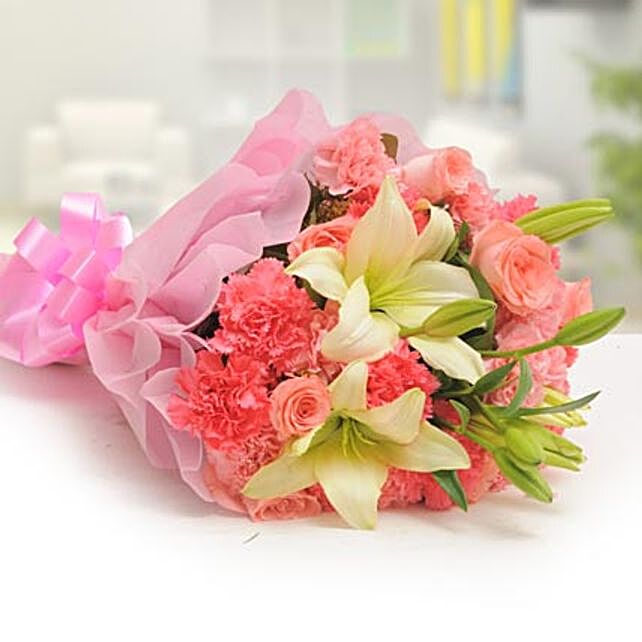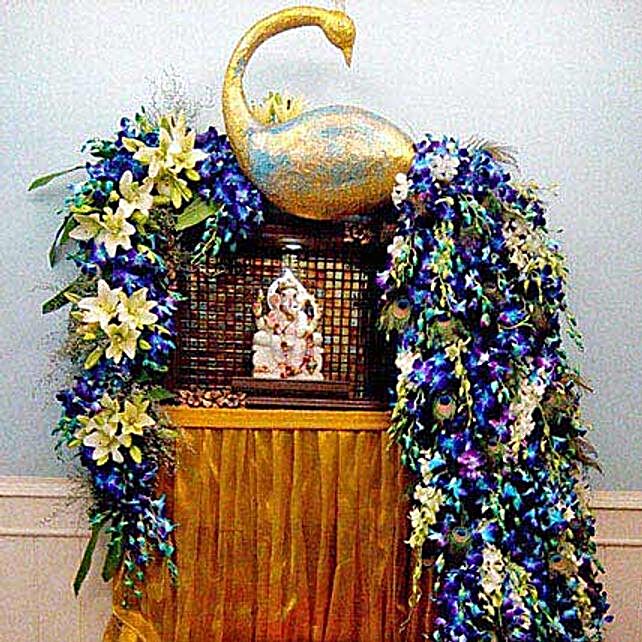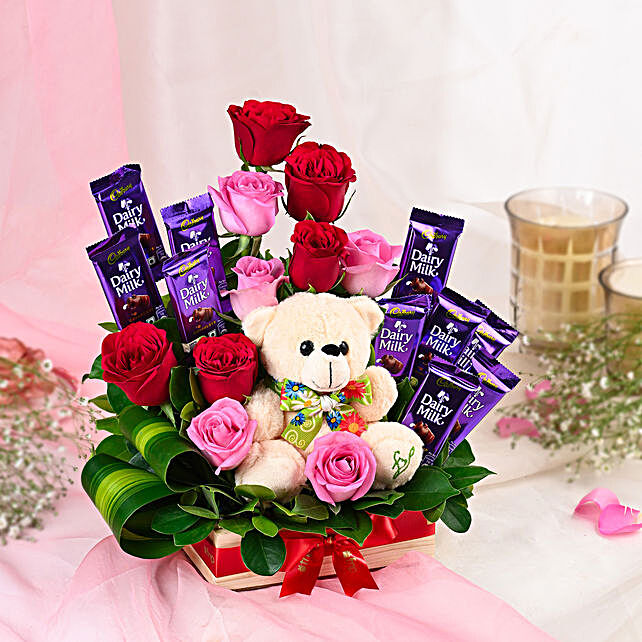Which Flowers Are Popular In UK?
- Author: Apeksha Rawat Published: 17th September, 2019
The enchanting beauty and pleasing fragrance of flowers attract people towards them. Available in different shapes and colours, each flower has a unique nature & characteristics that set them apart. There are certain flowers in a particular region that are popular and most recognized among florists and gardening enthusiasts for their distinct features. Here is a list of some of the most popular flowers in the UK that are preferred by people for gifting purposes on various occasions.
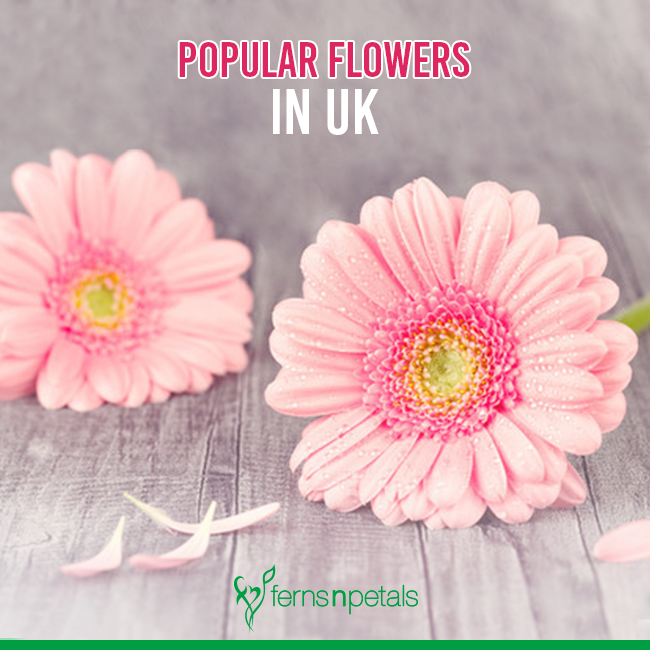
Rose (Scientific Name: Rosa)
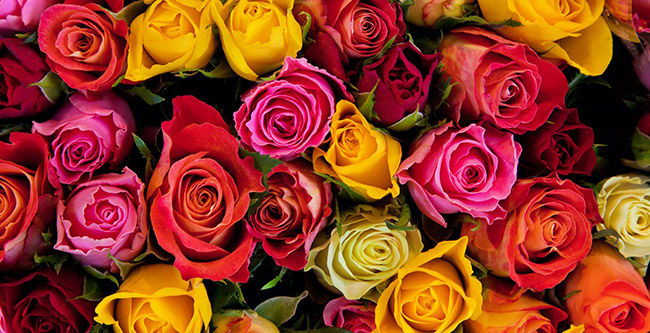
The perfect symbol of love, affection, and beauty, the rose has been a popular flower in the UK for several years. Roses are the woody perennial flowering plants in the family Rosaceae. They flower all year round and their flowers vary in size and shape. Roses come in a variety of colours, such as red, white, pink, cream, yellow, etc. The red rose is widely recognised as the national flower of England.
Tulip (Scientific Name: Tulipa)
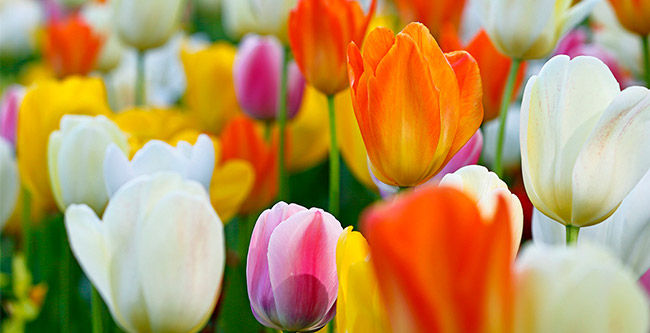
Tulips are spring-blooming flowers that are usually large and brightly coloured. Their name is derived from the Turkish word for turban due to their rounded shape. Available in a wide range of colours, tulips are well-known in Britain that bloom from January to April in the UK.
Freesia (Scientific Name: Freesia spp.)
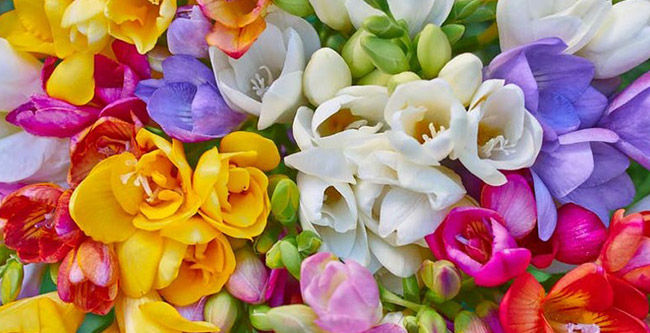
Freesias are the most widely grown cut flowers in the whole world. They are first described as a genus in 1866 by Christian Friedrich Ecklon and named after the German botanist and medical practitioner, Friedrich Freese. Freesias have funnel-shaped flowers that are available all year round and come in a wide range of colours including red, pink, and yellow. In the UK, some 110 million stems of freesia are sold each year.
Chrysanthemum (Scientific Name: Chrysanthemum morifolium)
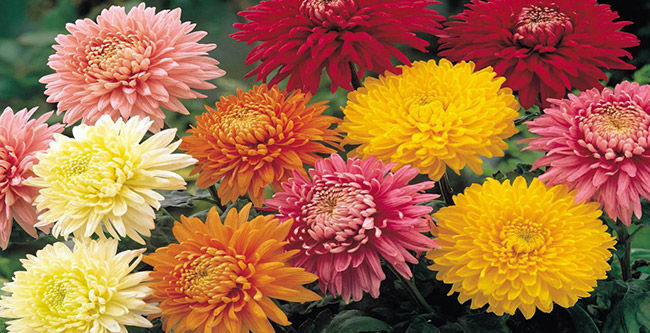
The name chrysanthemum is derived from a Greek word, which means ‘gold flower.’ They originated in China and were taken to Japan around 1500 years ago and then entered Europe in the 18th century. Chrysanthemum flowers come in a variety of shapes, sizes, and colours that start blooming in late August or early September. The flowers are generally ball or globe-shaped or even button-shaped.
Lily (Scientific Name: Lilium)
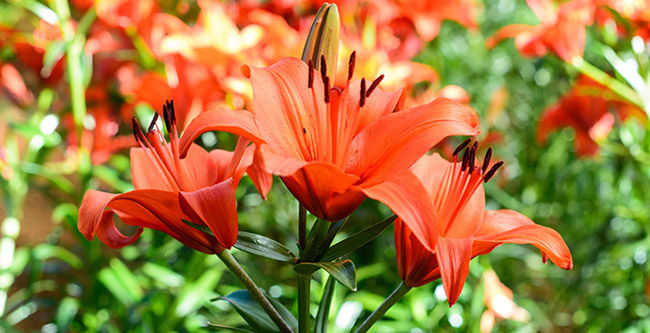
Lily is a herbaceous flowering plant with large, prominent flowers. The lilies originated in China in the middle ages and have been cultivated for over 3,000 years. The flowers are large and fragrant that come in a variety of colours, such as white, red, yellow, pink, orange, and purple. Lilies are considered a popular choice for bouquets due to their magnificent fragrance to gift on several occasions.
Orchid (Scientific Name: Orchidaceae)
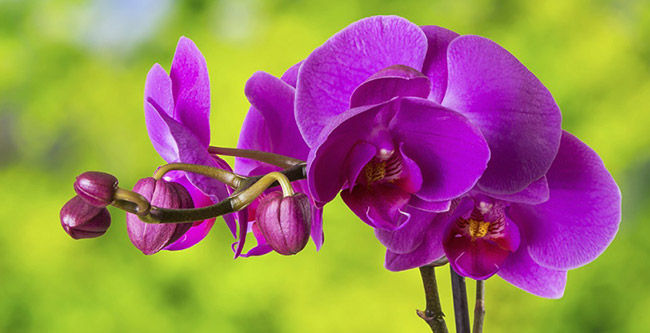
With over 28,000 currently accepted species of Orchid, some are native to the UK. The flowers of the orchid are colourful, fragrant and are available in every possible colour. The orchids are also known for many structural variations in their flowers, as some species have single flowers but most have a large number of flowers.
Carnation (Scientific Name: Dianthus caryophyllus)
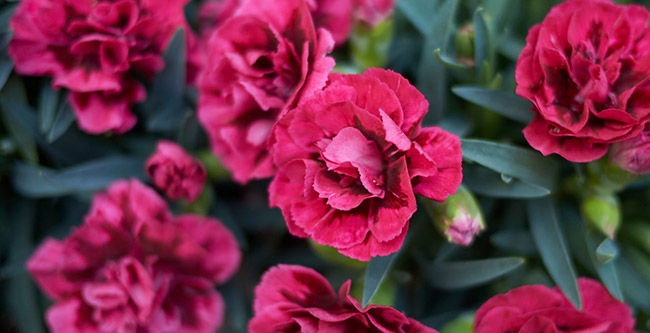
Carnation is one of the most popular UK flowers that has been cultivated for the last 2,000 years. It was mentioned in Greek literature 2,000 years ago. Carnations make a beautiful addition to both home and garden and they are available all year round, which makes them even more popular. There are two types of carnations- standard carnation with decent-sized flowers per stem & spray carnation with lots of small flowers per stem.
Hyacinth (Scientific Name: Hyacinthus)
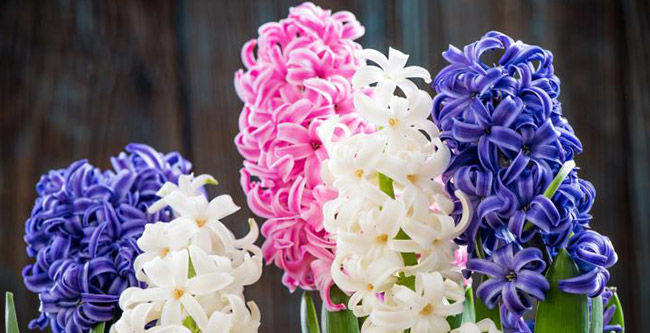
The symbol of constancy, peace, and desire, hyacinths are small fragrant flowering plants, which are often gifted in the UK at the beginning of the spring or around Easter time. This tradition is derived from the Persian custom where flowering hyacinths are used to decorate the table around Persian New Year. The colour of the hyacinth flowers varies from mid-blue to bluish purple.
Sunflower (Scientific Name: Helianthus)
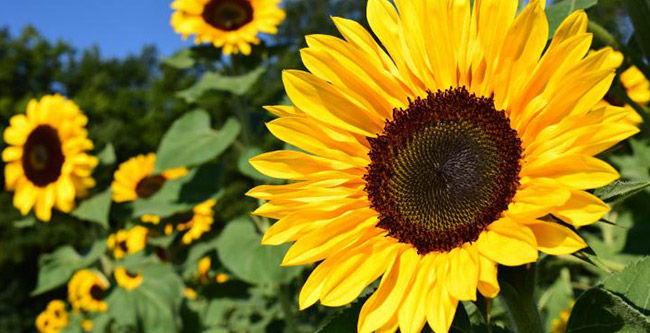
Sunflowers are ornamental flowering plants, which are extremely popular in the UK. A wide variety of sunflowers are vivid yellow with dark centres while others are orange and maroon. The name ‘sunflower’ derived from the flower’s head’s shape, which resembles the sun. As the plant blooms, it slowly turns its flower towards the sun. Sunflowers are also sold as food for birds and can be used for cooking.
Anemone (Scientific Name: Anemone nemorosa)
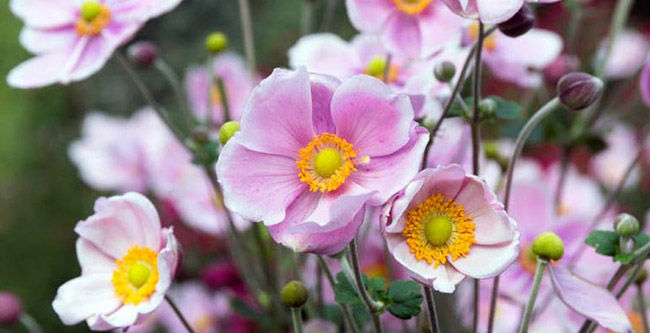
Anemones are temperate-loving flowers available in a variety of shades including pink, purple, red, and white. There are three types of anemone flowers- spring flowering type, tuberose Mediterranean, and large fall flowering type. The name ‘Anemone’ comes from the Greek language that means windflower. According to legends, the anemones were created when Goddess Venus splashed nectar on the blood of her dead lover Adonis.
The flowers are passionately liked by citizens of the UK to decorate their homes & gardens and gift on various occasions.
